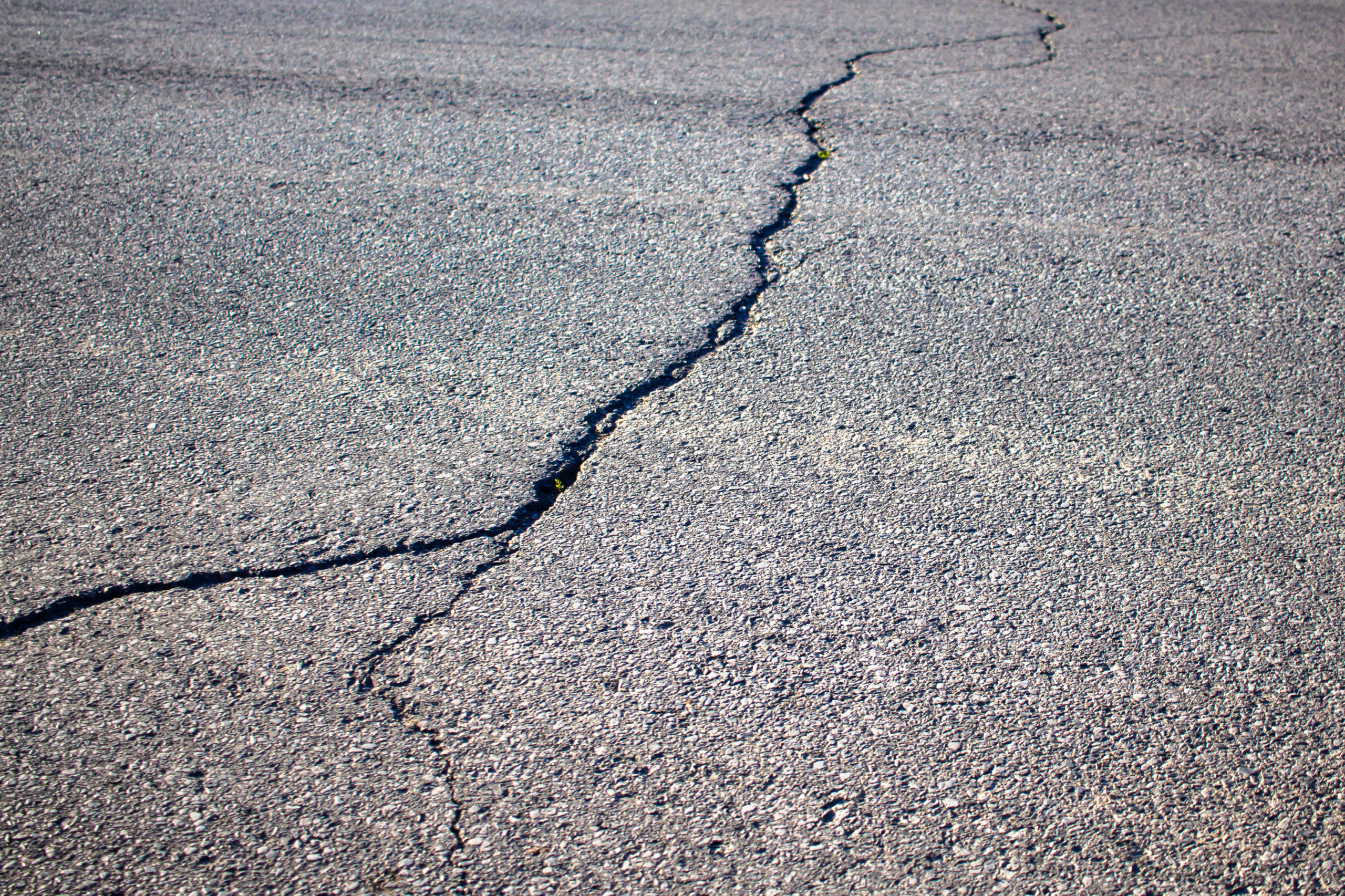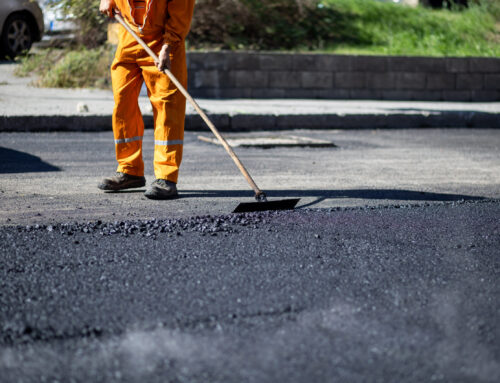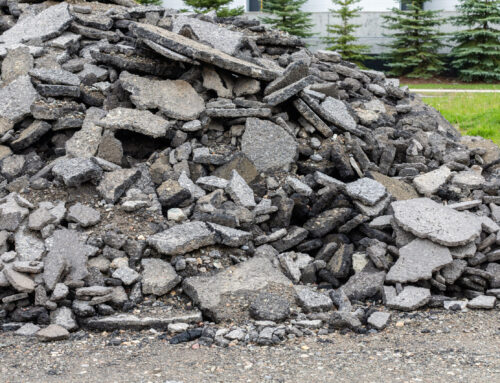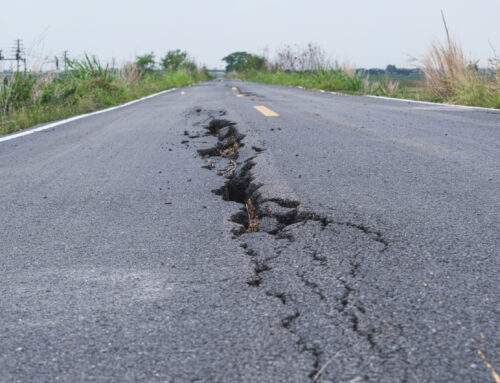Repairing asphalt cracks at the first sign of damage is the absolute best way to keep your asphalt pavement strong and secure, and keep maintenance costs low. We have talked at length about the benefits of keeping your asphalt parking lots, driveways, and roads maintained and so long as you pay attention and get to it quick – well, as the saying goes an ounce of prevention is worth a pound of cure.
And thankfully for most situations, property owners and managers can tackle the small potholes and cracks themselves without needing expert help! Here’s how.
Asphalt Crack Repair Tips from the Sunrise Asphalt Pros
Here’s a simple six step process to repair your asphalt cracks
- Sweep Away Dirt and Debris
- Remove Vegetation
- Use Fix Cracks With Hot Rubberized Crack Filler
- Overfill by About an Inch
- Tamp Down and Compact
- Let Cure for 24 Hours
That’s it! – Ok, you got us, it’s not really that simple, and there are many more intricate details depending on the type of damage to your asphalt.
What Kind of Damage Is It?
Alligator Cracks
Surface cracks that run along the top layer of asphalt are called alligator cracks. They happen on very, very dry pavement. If the asphalt seems brittle, faded, or gray it might be in danger of alligator cracks.
Potholes
Potholes, the great enemy. They are at least two inches deep and will have big chunks of asphalt missing from the surface.
Sinkholes
Similar to potholes in some ways but they are slightly different. A sinkhole is a sizable depression in the pavement, but it won’t necessarily be missing chunks of asphalt.
Chipped Asphalt
When cracks allow sections of asphalt to be completely separate from the other it’s called chipped.
Filling Cracks in Asphalt
Clear away any loose debris from the crack. Remove any vegetation if there are weeds growing up or nearby tree roots etc. Fill the broken space with a cold asphalt patching filler, overfilling it about an inch or two. Then take a tamp and compact the material in tightly. That’s the real simplified process for filling a small crack. You can find out a more indepth rundown on another of our blogs here.
How to Maintain Asphalt
With the cracks repaired, it’s time to make sure you maintain your asphalt for the future!
Clean the Pavement Regularly
Whether you’re using a hose to blast dirt and mud away or using a push broom, keep the asphalt clear of debris. If you’re able, get a power washing done regularly for your lot or driveway. Power washing will remove the motor oil, fluids, and other contaminants that might end up on top of your asphalt and slowly damage it.
Proper Snow Protection
If you’re in a climate that gets snow, make sure your landscapers are using snow blowers with skid plates, which should protect the asphalt. Similarly, make sure they are using non-corrosive materials to clear potential ice. Use any products as directed and always follow instructions to avoid damaging your asphalt.
Seal and Repair Right Away
Seal your asphalt and always make sure you repair any cracks and chips in the asphalt as soon as possible, to prevent them from getting any worse over time and use.
Getting your asphalt seal coated every year or so will also make sure your pavement is safe from weather, sunlight, and more.
Should You Just Replace Asphalt With Concrete?
Absolutely not! Asphalt has a world of benefits that concrete doesn’t, so even if your asphalt is severely damaged and in need of replacement, stick to asphalt! Here’s why:
- Asphalt is naturally bumpy, making for a surface with added traction, reducing risk of accidents, slips, etc.
- The texture also makes it harder for moisture to freeze in place.
- Asphalt is porous, making it better for absorbing sound and vibrations, which makes for a quieter environment.
- The dark asphalt reduces glare in the summertime, and makes for a more visible, high contrast to paint lines and other markings.
- Asphalt doesn’t show motor oil and other stains as easily, thanks again to its dark color.
- Asphalt starts to cure fast! Getting a new stretch of asphalt to a drivable place only takes a day or so after installation, concrete can take up to a week or longer to fully set and cure properly.
Does your asphalt need some TLC? Need a professional to come in and reinstall your blacktop? Look no further! Give Sunrise Asphalt a call or fill out our form to receive your free estimate and we’ll get to work in no time!





